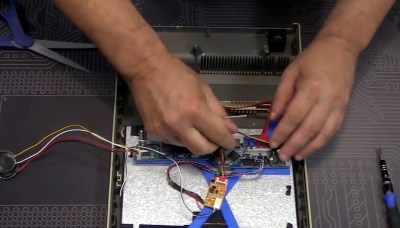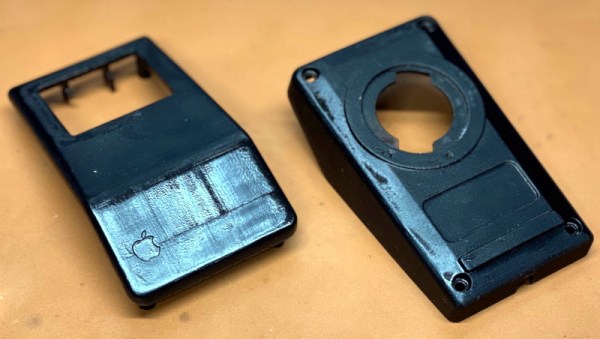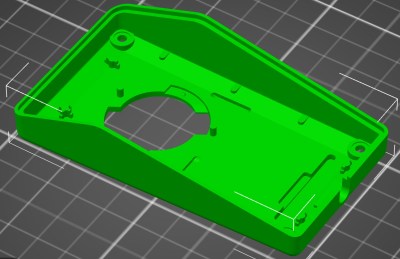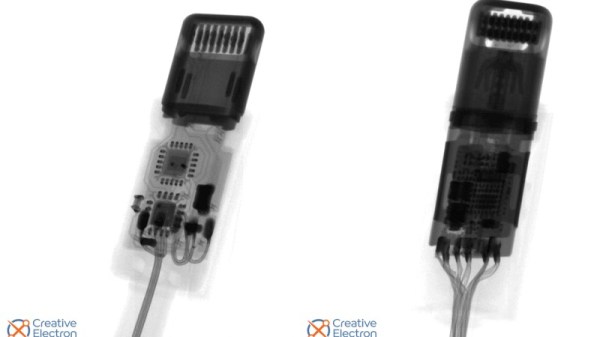Apple, the world’s first trillion-dollar company — give or take a trillion — has built a bit of libertarian cachet by famously refusing to build backdoors into their phones, despite the entreaties of the federal government. So it came as a bit of a surprise when we read that the company may have worked with federal agents to build an “enhanced” iPod. David Shayer says that he was one of three people in Apple who knew about the 2005 program, which was at the behest of the US Department of Energy. Shayer says that engineers from defense contractor Bechtel, seemed to want to add sensors to the first-generation iPod; he was never clued in fully but suspects they were adding radiation sensors. It would make sense, given the climate in the early 2000s, walking down the street with a traditional Geiger counter would have been a bit obvious. And mind you, we’re not knocking Apple for allegedly working with the government on this — building a few modified iPods is a whole lot different than turning masses of phones into data gathering terminals. Umm, wait…
A couple of weeks back, we included a story about a gearhead who mounted a GoPro camera inside of a car tire. The result was some interesting footage as he drove around; it’s not a common sight to watch a tire deform and move around from the inside like that. As an encore, the gearhead in question, Warped Perception, did the same trick bit with a more destructive bent: he captured a full burnout from the inside. The footage is pretty sick, with the telltale bubbles appearing on the inside before the inevitable blowout and seeing daylight through the shredded remains of the tire. But for our money, the best part is the slo-mo footage from the outside, with the billowing smoke and shredded steel belts a-flinging. We appreciate the effort, but we’re sure glad this guy isn’t our neighbor.
Speaking of graphic footage, things are not going well for some remote radio sites in California. Some towers that host the repeaters used by public service agencies and ham radio operators alike have managed to record their last few minutes of life as wildfires sweep across the mountains they’re perched upon. The scenes are horrific, like something from Dante’s Inferno, and the burnover shown in the video below is terrifying; watch it and you’ll see a full-grown tree consumed in less than 30 seconds. As bad as the loss of equipment is, it pales in comparison to what the firefighters face as they battle these blazes, but keep in mind that losing these repeaters can place them in terrible jeopardy too.




















